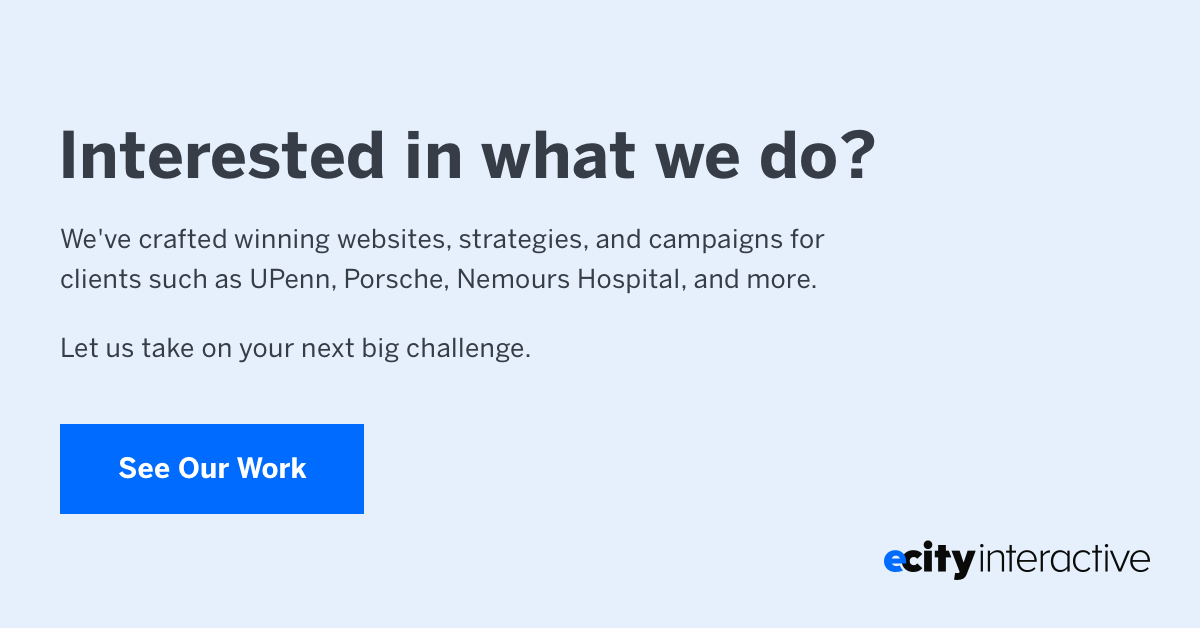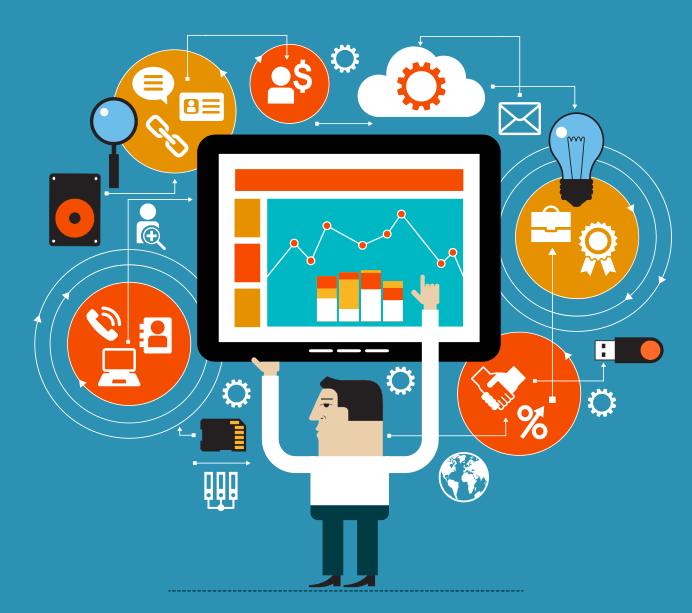Modern inbound marketing depends on automation to keep the system running smoothly and without hassle. If you’re not sure how to embrace automation, here are a few strategies for bringing your marketing strategy into the 21st century.
1. Personalize the User Experience
People love to see their name in print, whether it’s the byline on a recently published book or the welcome screen on a website. If you can personalize your website so that prospective customers feel welcome and wanted, you’ll have won half the battle toward making a sale, enrolling a student, or securing a donation.
Writing for Forbes, Adobe’s Aseem Chandra calls personalization the “key to the future of marketing.” It’s a bold statement, sure, but Chandra backs up this assertion by demonstrating that major brands have had tremendous success with customizing the user experience (UX).
For instance, you might track users’ behavior on your website or on social media. If they visit your site through an advertisement for a particular product or service, for instance, you’ll direct them to a landing page that addresses the prospect’s specific interests.
2. Get to Know Your Prospects
What if there was a way for you to collect information about the people who might have an interest in enrolling in your university, buying your product, or getting involved in your non-profit? You could learn how they compare you and your competition, what features about your organization interest them, and even where they live.
It sounds like an episode of some cable spy series, but it’s a reality you can implement for your own organization. Marketing automation feeds off data — the information your system collects from prospects — and the data will teach you more about your audience than you could possibly glean through other channels.
Focusing on your audience will give you the perspective necessary to harness that data. Set specific goals for each campaign you run, such as gauging prospect interest in a particular activity.
3. Build Your Email List
Marketing automation provides you with the tools to collect contact information for prospective customers, students, or donors and to keep in touch with those people. While it sounds impersonal, the result won’t remind you of “1984” in the slightest. In fact, you’ll develop more personal connections with your prospects.
Consider, for instance, that you can create separate email lists for prospects depending on their ages, desires, location, and interests. For example, let’s assume that you are a small business. A prospective customer in your local area likely has different needs or concerns than a prospect who hails from several hours away. Based on how they get in touch with your organization, you can subdivide your list and target each category with very specific, tailored content.
Marketing automation is a friendly technology that reaps tremendous benefits. To learn more about how we can help you make your marketing efforts more specific and more powerful, download our white paper below.




